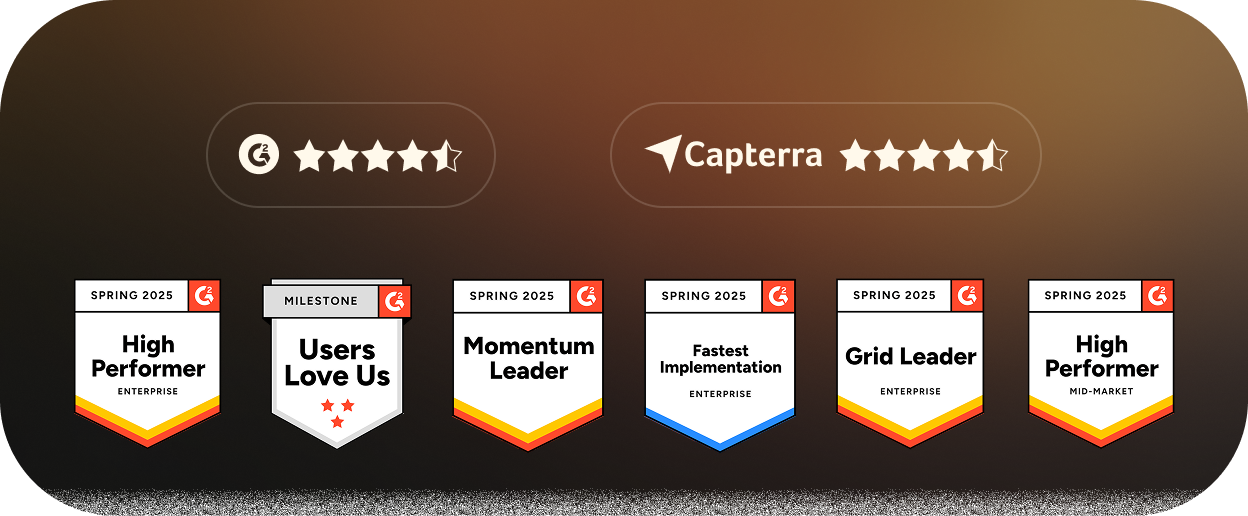
Istilah Glosari
Plum - Ganjaran, Insentif dan Platform Pembayaran
Insentif Cuti
Holiday incentives play a crucial role in fostering a positive and motivated atmosphere within organizations and building stronger relationships with customers and partners.
This glossary will explore the definition and various types of holiday incentives, delve into their impact on employee and customer motivation, and highlight the trends within the reward industry during the holiday season.
What is a holiday incentive?
Holiday incentives encompass a range of rewards and perks designed to celebrate and recognize individuals during the festive season.
Holiday incentives refer to special offers, promotions, or rewards that are specifically designed and implemented during holiday seasons to encourage consumer spending, boost employee morale, or enhance engagement.
These incentives are a way for businesses to capitalize on the festive and celebratory atmosphere during holidays, attracting customers and motivating employees.
What are the benefits of holiday incentives?
Holiday incentives offer several advantages for businesses aiming to boost morale, strengthen relationships, and drive performance during the festive season:
- Boosts employee morale: Recognizing employees with holiday gifts or bonuses increases motivation and job satisfaction.
- Enhances customer loyalty: Offering seasonal rewards to customers encourages repeat business and brand appreciation.
- Improves team engagement: Shared celebrations and incentives foster a sense of belonging and community within the workplace.
- Drives seasonal sales: Holiday promotions and incentives help attract new customers and increase conversions.
- Strengthens relationships: Personalized holiday gifting deepens connections with clients, partners, and employees.
- Reinforces company culture: Thoughtful holiday incentives reflect a company’s values and commitment to recognition.
What are the different types of holiday incentives?
These different types of holiday incentives can be categorized into:
- Cash bonuses: Monetary rewards directly contribute to an individual's financial well-being, providing a tangible and flexible form of recognition.
- Gift cards: Offering gift cards allows recipients to choose personalized rewards, catering to diverse preferences and interests.
- Travel packages: Providing travel experiences as incentives adds an exciting and memorable dimension to the holiday rewards, promoting relaxation and enjoyment.
- Customized merchandise: Branded or personalized items create a sense of exclusivity and demonstrate a thoughtful approach to recognition.
What factors should be considered when choosing holiday incentives?
Selecting the right holiday incentives requires thoughtful planning to ensure they are meaningful, inclusive, and aligned with business goals. Key factors include:
- Recipient preferences: Consider the interests, demographics, and cultural backgrounds of employees or customers.
- Budget: Determine how much you can allocate per recipient while balancing cost and impact.
- Type of incentive: Choose between monetary (e.g., gift cards, bonuses) and non-monetary (e.g., extra time off, experiences) rewards.
- Personalization: Tailor gifts or messages to make them feel thoughtful and relevant.
- Delivery method: Decide whether incentives will be digital, physical, or experiential, depending on logistics and convenience.
- Timing: Ensure the incentive is delivered at an appropriate and meaningful time during the holiday season.
- Compliance and fairness: Maintain consistency, avoid favoritism, and follow legal or tax regulations.
How to design an effective holiday incentive programs?
To design an effective holiday incentive program, you must start with:
1. Identifying target audiences
- Employees: Tailoring incentives to acknowledge the efforts of the workforce.
- Customers: Creating promotions that resonate with customer needs and preferences.
- Partners and stakeholders: Strengthening relationships through collaborative incentives.
2. Setting clear objectives for holiday incentives
- Boosting employee morale and productivity: Enhancing workplace satisfaction and engagement.
- Increasing customer loyalty and sales: Building long-lasting connections and driving business growth.
- Strengthening partnerships and collaborations: Fostering mutually beneficial relationships.
How to measure and analyze the impact of your holiday incentives program?
To analyze and measure the impact measure and analyze the impact of your holiday incentives program, you need to start:
- Key performance indicators (KPIs) for holiday incentives: Defining and monitoring KPIs such as employee satisfaction, customer retention, and partner collaboration provides insights into the effectiveness of incentive programs.
- Gathering feedback from employees, customers, and partners: Collecting feedback allows for continuous improvement and ensures that incentives align with the preferences and expectations of recipients.
- Analyzing the return on investment (ROI) for holiday incentive programs: Evaluating the ROI helps organizations understand their holiday incentive initiatives' financial impact and efficiency.
Are there tax implications for holiday incentives?
Yes, holiday incentives can have tax implications for both employers and recipients, depending on the type and value of the reward:
- Cash and cash-equivalent rewards (e.g., bonuses, gift cards) are usually considered taxable income to the employee and must be reported.
- Non-cash gifts of minimal value (e.g., holiday hampers, branded merchandise) may be considered de minimis and not taxable, depending on local tax laws.
- For employers, holiday incentives may be tax-deductible as a business expense if properly documented.
- Compliance requirements vary by country, so businesses should consult local tax regulations or a tax advisor to ensure proper reporting and treatment.
















